
Desert Horned Viper Observed In Turkey’s Küre Mountains National Park Reptiles Magazine
The horned viper can live up to 14 years in captivity, and its lifespan in the wild is unknown. Predators. The predators of horned vipers are Nile monitors, honey badgers, and various feral wild cats. If threatened, they form a C-shaped posture and rapidly rub their coils together, producing a rasping sound as they cannot hiss.
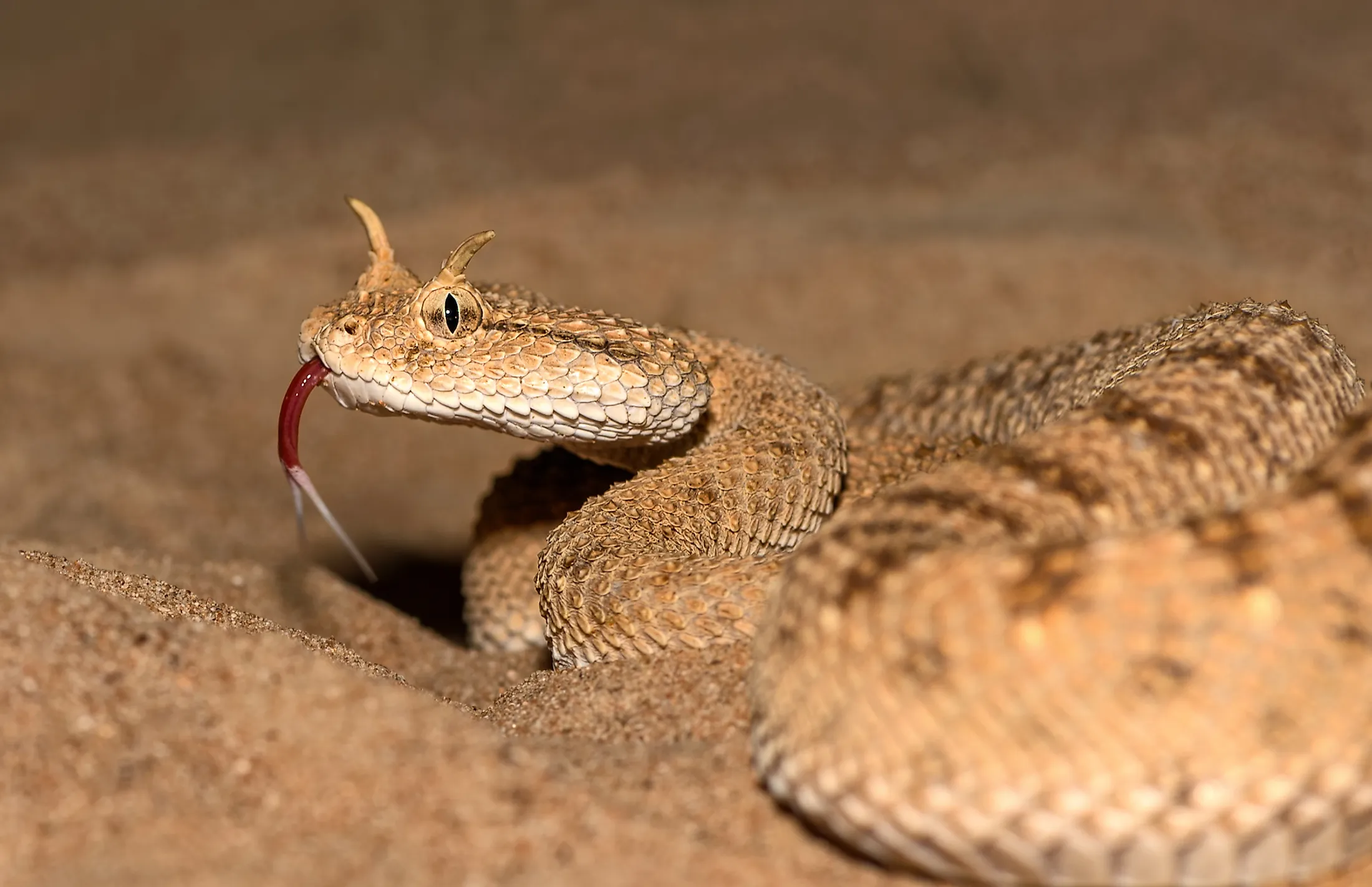
What Animals Live In The Arabian Desert? WorldAtlas
Cerastes cerastes (common names: Saharan horned viper, horned desert viper, more) is a venomous viper species native to the deserts of Northern Africa and parts of the Middle East. It often is easily recognised by the presence of a pair of supraocular 'horns', although hornless individuals do occur. No subspecies are currently recognised.

Horned Desert Viper (Cerastes cerastes) עכן חרטומים Viper snake, Like animals, Snake
Horned Viper Horned vipers sidewind across the desert sands of their home. Continue Reading after the facts. Advertisement Horned Viper Scientific Classification Kingdom Animalia Phylum Chordata Class Reptilia Order Squamata Family Viperidae Genus Vipera Scientific Name Cerastes cerastes Read our Complete Guide to Classification of Animals.

148 Desert Horned Viper Genesis 49.17 Let Dan be a serpent by the roadside, a horned snake
Geographic Range Sahara horned vipers are among the most abundant and easily distinguishable of the venomous snakes of the North African and Middle Eastern deserts. Cerastes cerastes is generally distributed all across North Africa, including southwestern Arabia and southwestern Israel.

Snake! 15 deadliest serpents Viper snake, Snake, Snake picture
The Desert Horned Viper ranks as the most abundant and distinctive venomous snake within its range: Size and shape: Typically just under two feet in length, robust and cylindrically depressed body, narrow neck, thick midsection, tapering tail.
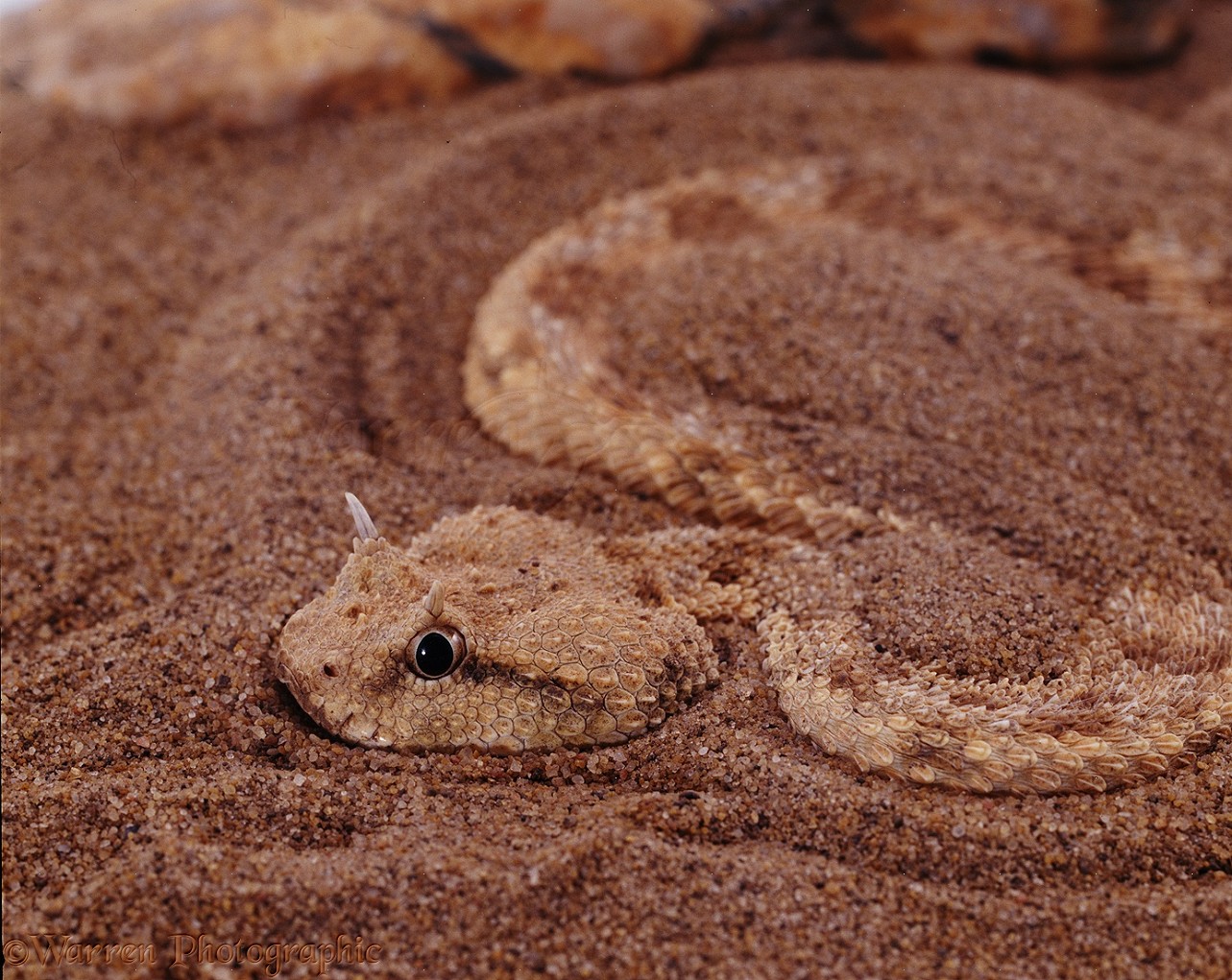
Horned Viper eye night adapted photo WP08634
Desert horned vipers have a very distinctive appearance, and are easily identified by the protruding scales above their eyes. These scales mimic the appearance of sharp horns, and give the desert horned viper its name. Desert horned vipers are heavy-bodied snakes and can reach lengths of around 2 feet. They are typically sand-colored -- tan.
Here is a Cerastes cerastes (Horned Viper) found in Southern Morroco in Sept 2017. I was
Physical description: The Desert Horned Viper is 4-5ft. long. Its head is broad and triangular with two horns that stick out above each eye. Its pupils are vertical. Scales are keeled. Color is tan with darker spots down the back, and a dark line extends from the eye to the temples. General information: The Desert Horned Viper lives in the desert.

Desert horned viper (Cerastes cerastes) in the Negev desert, Israel Cute animals, Snake, Ocean
Cerastes, genus of venomous, desert-dwelling snakes of the viper family, Viperidae. There are two species, the horned viper ( C. cerastes ), which usually has a spinelike scale above each eye, and the common, or Sahara, sand viper ( C. vipera ), which lacks these scales. Both species are small (seldom more than 60 cm [about 2 feet] long.

Desert Horned Viper •
Horned viper is a type of venomous, terrestrial snake that is native to North Africa and Middle East. This snake inhabits stony deserts and semi-arid habitats on the altitude of up to 4900 feet. Horned vipers are ecologically important because they keep number of rodents under control.
🔥 A desert horned viper (Cerastes cerastes)🔥🔥 r/NatureIsFuckingLit
Although Cerastes are often referred to as horned vipers, only the two larger species, C. cerastes and C. gasperettii, are known to have horns, and even these do not always have them. Individuals with and without horns occur within the same population and even within the same litter. [5]

Horned Desert Viper (cerastes Cerastes) Photograph by Photostockisrael
The Horned Viper in Culture and Mythology Conclusion The Horned Viper, also known as Cerastes cerastes, is a venomous reptile belonging to the Viperidae family. This snake is highly unique in both its appearance and behavior, making it a fascinating subject for study.
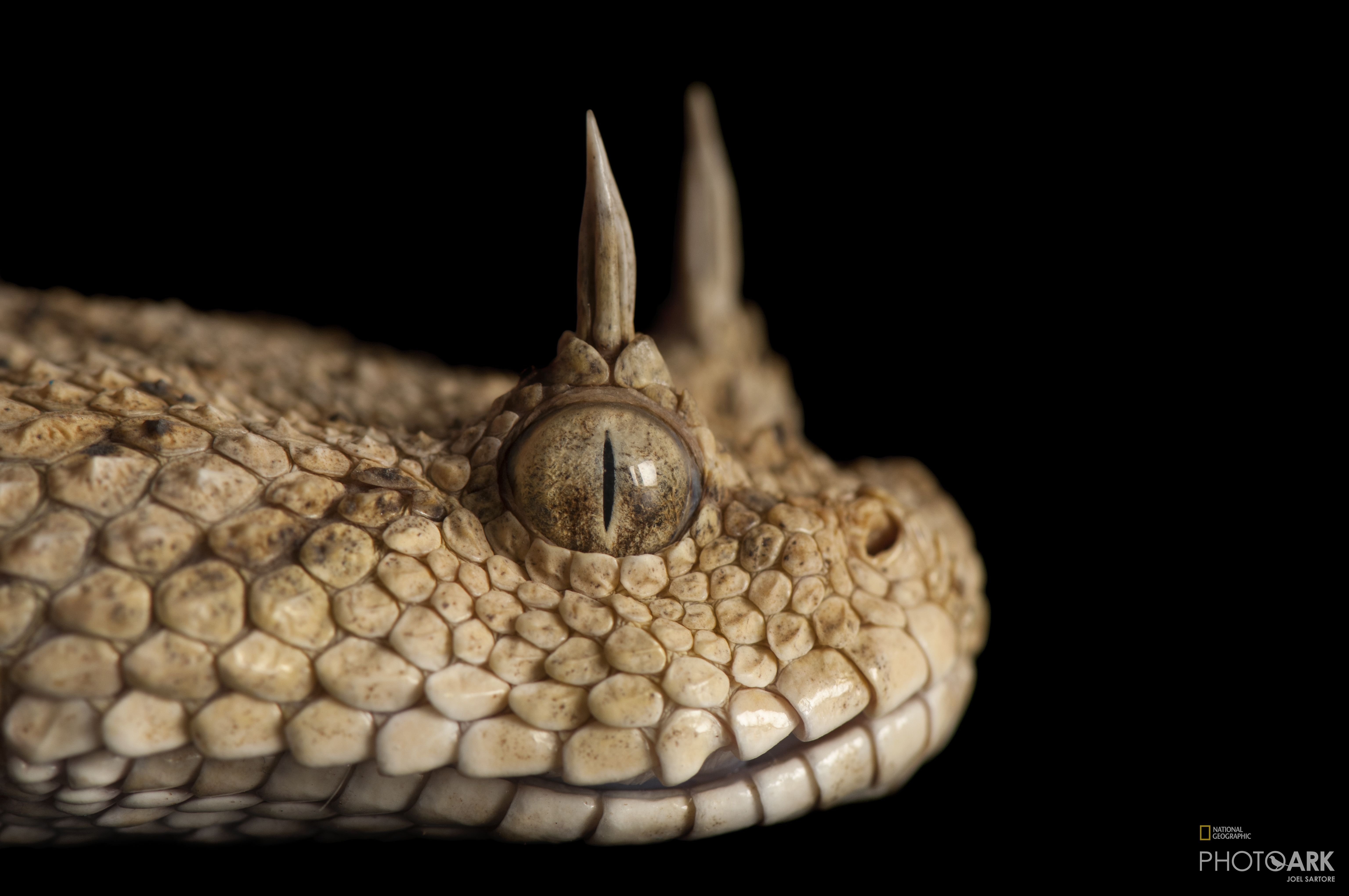
Photo Ark Home Desert Horned Viper National Geographic Society
The Horned Desert Viper, also known as the Cerastes cerastes, is a fascinating creature that inhabits the arid regions of North Africa and the Middle East. As one of the most unique and elusive species of snake, this venomous reptile has captured the curiosity and imagination of both scientists and nature enthusiasts alike.
I photographed this amazing horned desert viper 🐍 [OC] (see 1st comment for more info) r/reptiles
Cerastes cerastes, commonly known as the Saharan horned viper [3] or the desert horned viper, [4] is a venomous species of viper native to the deserts of Northern Africa and parts of the Arabian Peninsula and Levant. It is often easily recognized by the presence of a pair of supraocular "horns", although hornless individuals do occur. [3]

Desert Horned Viper, Cerastes cerastes Reptiles and amphibians, Pit viper, Snake venom
The desert horned viper, also known as the horned sand viper, is a snake with horns! It is a species of sidewinder snake, though it's not related the the sid.

Horned Viper a photo on Flickriver
Desert Horned Viper Cerastes cerastes. 1. Summary 2. Cerastes cerastes (common names: Saharan horned viper, horned desert viper, more) is a venomous viper species native to the deserts of Northern Africa and parts of the Middle East. It often is easily recognised by the presence of a pair of supraocular "horns", although hornless individuals do.
Horned desert viper snake. Free Free Photo rawpixel
There are two species, the horned viper ( C. cerastes ), which usually has a spinelike scale above each eye, and the common, or Sahara, sand viper ( C. vipera ), which lacks these scales. Both species are small (seldom more than 60 cm [about 2 feet] long), stocky, and broad-headed and are found… sidewinder classification In sidewinder